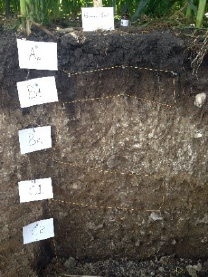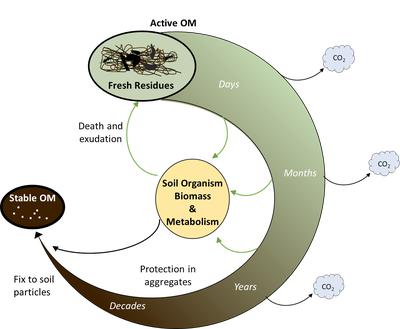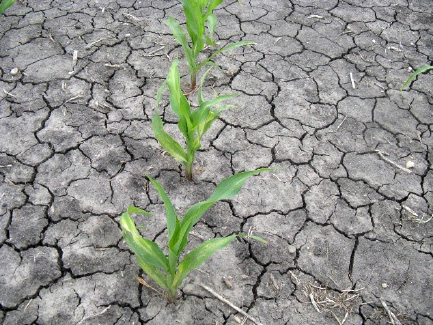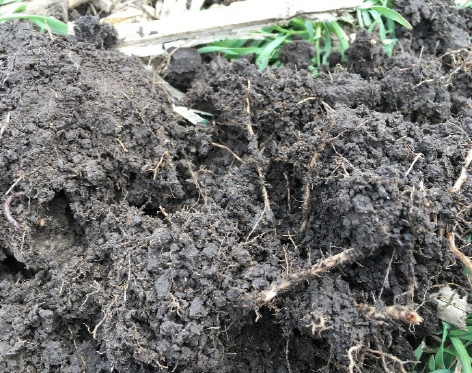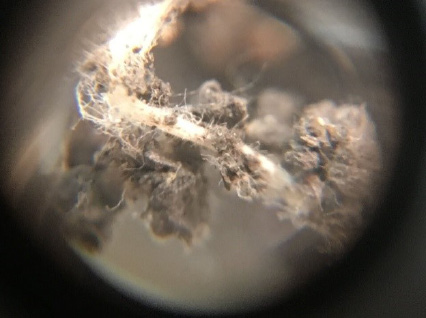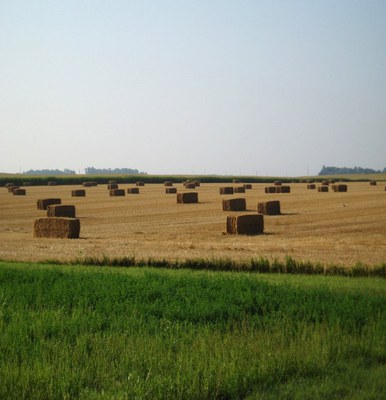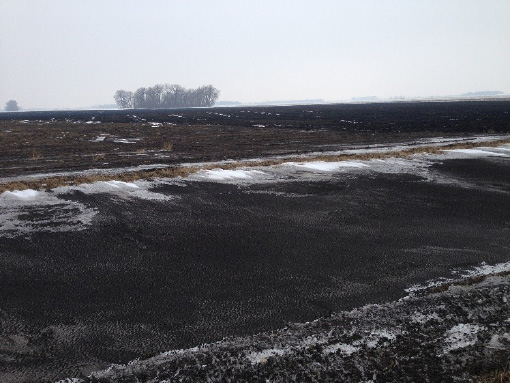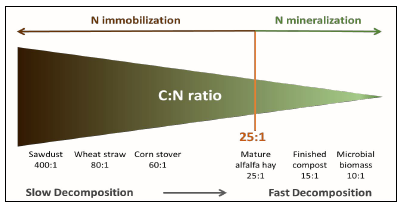We can think of the soil as a bank. We want to make more carbon deposits than withdrawals. Deposits of carbon include adding cover crops, perennials in rotation, manure or compost, leaving crop residues on the field, and reducing tillage intensity by adopting no till or strip till. Withdrawals include multiple tillage passes with aggressive equipment, tight crop rotations, and wind and water erosion. It’s a balancing act and one that will be different for each farmer.
Have realistic expectations for how long building soil organic matter will take. Organic matter buffers the soil from chemical, physical and biological changes. This means that lower organic matter soils (0% to 2%) may see changes within three to five years of changing management, while higher organic matter soils (4% to 7%) may take seven to 10 or more years to see a change.
This process also is limited by a region’s climate and growing season length. While the organic matter may change slowly through time, other benefits will be more immediate. These include better water infiltration, improved crop resiliency with weather extremes and increased soil carrying capacity.
- What organic matter level is ideal?
Organic matter is based on many factors. Soils with higher levels of silt and clay usually have higher levels of organic matter than those with a sandier texture. For example, 2% organic matter in a sandy soil is very good and difficult to reach, but in a clay soil, 2% indicates a depleted situation.
If you’re interested in measuring and monitoring the soil organic matter status of your soil, you don’t need to go much farther than a standard soil test. Most fertility packages will include a measure of soil organic matter percentage alongside nutrient content.
Be sure to remove surface residues and plant material from the soil sample before submitting the sample because that material will inflate your soil organic matter values.
Remember that soil organic matter levels do not change rapidly, and you may see increases of only a fraction of a percent in a few years.
Commercial labs also are increasingly offering additional soil health tests, including “active carbon” and “aggregate stability.” Based on what you’ve read here, you can use these tests to supplement your standard soil tests to track changes in soil in response to management, crop type, or new practices.
Expect active carbon measurements to fluctuate within a growing season and across growing seasons because it is much more dynamic than total organic matter. You can expect aggregate stability to respond within three to five years, depending on soil texture (clay soils will aggregate faster and more strongly than loam and sandy soils). If you have difficulty interpreting these tests, reach out to the lab or university Extension personnel to help you.


